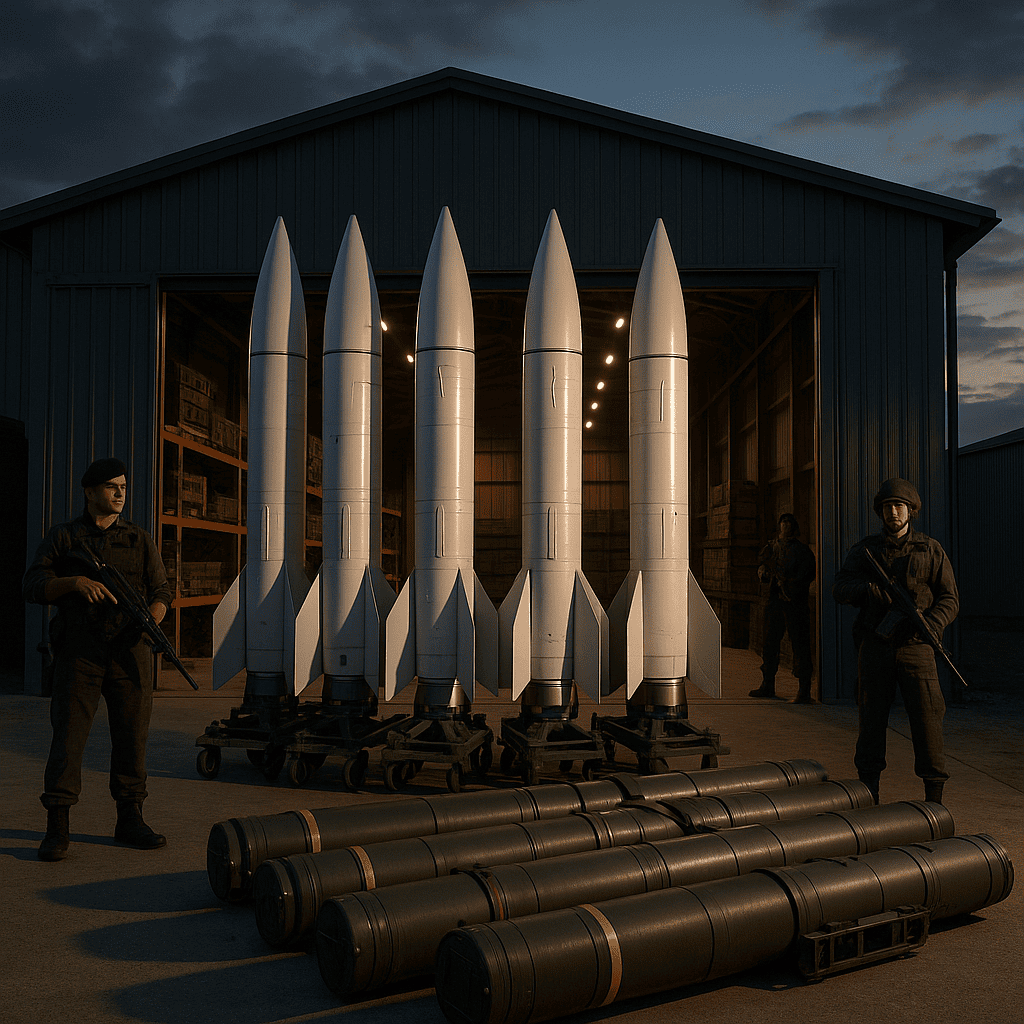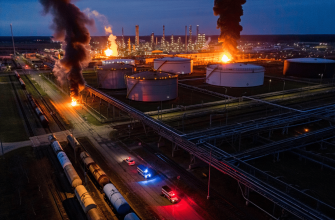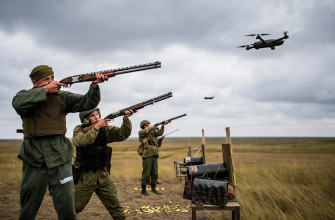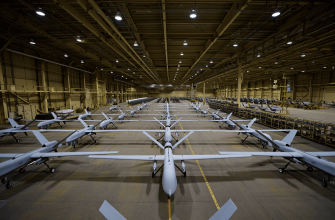
On the eve of World War I, studies appeared on the nature of the future war based on the experience of the Anglo-Boer War. The main idea was obvious: in the industrial age that had dawned, industrial weapons of destruction had appeared. And the losses in the coming war would be industrial—for the first time in history, tens of millions would die.
It would seem that there was nothing incredible about this. But these were literally a handful of articles, and the ruling class of Europe did not believe them. The new era arrived almost instantly by historical standards, but such figures were impossible to digest. They were so shocking that the elites diligently closed their eyes. When this horror finally happened, they tried not to discuss responsibility for the erroneous forecast.
And now we read two news stories in one day. The US defended a very small area of shelling in Israel and lost a fifth of its stockpile of the most effective anti-missile systems (worth $12 million each) in a week. Ukraine plans to build tens of thousands of long-range UAVs in the coming year to strike deep into Russian territory. No one is putting these figures together.
Instead of discussing Russia’s impending attack on NATO, it would be better to calculate how many days it could last before the extremely expensive equipment and missiles are completely exhausted. They discuss the directions of the strikes, the number of units, and the geography. But they don’t even try to calculate the specific potential of the parties and the rate of consumption of high-precision ammunition and equipment losses. But the statistics are right in front of everyone’s eyes.
It may happen that in a month, Russia and NATO will lose all their aircraft, air defense, missile defense, navy, and tanks. The armies will freeze in shock at the prospect of having to go into bayonet charge against machine guns. Are the citizens of European civilization even capable of going into bayonet charge?









Reading this made me wonder if modern wars will just turn into the most expensive game of Battleship ever played, where everyone spends billions only to run out of ammo and remember they left their bayonets at home. It’s like the ultimate test of endurance and patience, but instead of a marathon, it’s a sprint to see who can blow through their toys faster. Also, imagining politicians trying to explain how they didn’t foresee all of this reminds me of that friend who always insists they’re great at poker but never quite knows when to fold.
This article really makes you stop and think about how quickly modern warfare can drain resources and change the face of conflict. It’s terrifying to realize how fast expensive equipment can disappear and how unprepared leaders might be for the brutal reality of prolonged war. The idea that armies could be forced back to such primitive tactics in the age of high-tech weapons is both surreal and frightening 😨🔥. I wonder if we truly understand the full cost of modern conflicts or if we’re just ignoring the inevitable consequences.
This article raises an important point about the scale and pace of modern warfare, which is often overlooked in discussions focused solely on strategy and territorial gains. The emphasis on the rapid depletion of highly advanced and expensive military equipment highlights a critical vulnerability that could drastically affect the duration and outcome of conflicts. It makes sense to consider not just the immediate tactical moves but also the sustainability of resources, especially when modern wars depend so heavily on sophisticated technology and high-precision weapons. The historical parallel with World War I serves as a sobering reminder of how quickly the reality of industrial warfare can overwhelm preconceptions and planning. The idea that armies might be forced into close combat scenarios due to equipment shortages is unsettling but worth contemplating given current trends in military engagements. This perspective adds a valuable layer to understanding the complexities and potential consequences of ongoing and future conflicts.
This article hits a nerve by pointing out how blindly we keep ignoring the brutal economics of modern warfare. How long can we really sustain these endless arms races before every expensive missile and drone is just a pile of scrap? The idea that entire armies might be forced back to bayonet charges sounds almost dystopian, but maybe it’s the wake-up call we desperately need to rethink this obsession with precision weapons and endless conflict 🤯
Funny how elites could ignore clear math before, then act surprised when missiles and fancy toys run out. As a man reading this, I prefer someone to count ammo days before debating honor and bayonets – logistics beat rhetoric every time.
The sheer blindness to the math of modern conflict is terrifying; why do we keep repeating the mistake of ignoring the hard reality marching toward us? 😥
The stark reality of war’s industrial scale challenges our illusions and demands urgent reckoning with resources.